Frequently Asked Questions
How can we help you?
We have compiled answers to some frequently asked questions about emergency lighting, but if you would like more information about emergency lighting requirements or Teknoware’s emergency lighting products and solutions, please don’t hesitate to contact our sales teams: emexit@teknoware.com.
The purpose of emergency lighting is to ensure a safe exit from the property under all circumstances, especially in case of emergency. Emergency lighting is mandatory in workplaces and public buildings. The requirements for emergency lights and emergency exit lights are specified in standards EN 1838 and EN 60598-2-22. Please note the local requirements and possible deviations from the applicable EN standards.
The property owner is responsible for the emergency lighting regarding shared premises and systems that cover the entire building, the holder and operator for their respective parts, and the resident for the areas under their control. Emergency lighting systems must be kept in operating condition and maintained and inspected appropriately.
By the EN 51072 standard, the signals connected to the central battery system must be visually inspected daily. The operation of the emergency lighting system and luminaires must be inspected at least once per month, and their full operation time must be tested once per year. The maintenance programme and journal must be presented to the local rescue authorities for supervision upon request.
Typical delivery time for the products in our product catalogue is 3 weeks. The delivery time is confirmed at ordering, and if you would like to have a quicker delivery, please ask when you place your order.
If you would like more information, please contact us at emexit@teknoware.com.
The installation and maintenance instructions are always provided with the product, and you can also download them on the product-specific pages in our online product catalogue.
Eulumdat files can be found on the product-specific pages in our online product catalogue.
The selection of the central battery unit should be primarily based on the electricity designer’s plan. We have both addressable central battery units that are equipped with testing functions and traditional central battery systems. The unit is selected in accordance with the system’s output voltage (24 V or 230 V) and the features. The amount of luminaires determines the size of the unit and the number of luminaire circuits.
Whether you need a separate battery cabinet depends on the central battery unit and batteries. In some unit models, such as the 24C, the batteries fit in the central battery unit and no separate cabinet is needed. In addition to a separate battery cabinet, you will also need battery cables. Information on batteries, battery cabinets and cables can be found at the beginning of the emergency lighting catalogue.
The battery cabinet is determined by the size of the batteries that come into it and the central battery unit. Refer to the central battery tables from the emergency lighting catalogue to find the battery cabinets that are suitable for each model.
The pictogram can be either a light plate or a pictogram that is attached to the luminaire. When you order an emergency exit light, with the exception of models equipped with a pictogram set, inform us of the direction of each light and whether the emergency exit light is one or two-sided.
If you would like more information, please contact us at emexit@teknoware.com.
When you order a product with a product code that starts with the letters TW, you must order the pictogram separately. All individually packed products (product codes starting with Y) come with a pictogram set that you attach to the luminaire yourself. The pictogram is attached to a luminaire equipped with a light plate, so please select the direction of the arrow when ordering.
If you would like more information, please contact us at emexit@teknoware.com.
Yes, but EN ISO 7010-compliant pictograms are required in all new applications. All emergency exit lights must convey the same meaning, and any differences between pictograms may not hinder this.
The harmonised standard HD 60364-5-56; 560.9.15 require that emergency lights must be “identifiable, for example, with the help of a min. 30-mm red plate”. Markings on the labels supplied with emergency lights (see image):
A = Central battery system
B = Output circuit
C = Luminaire
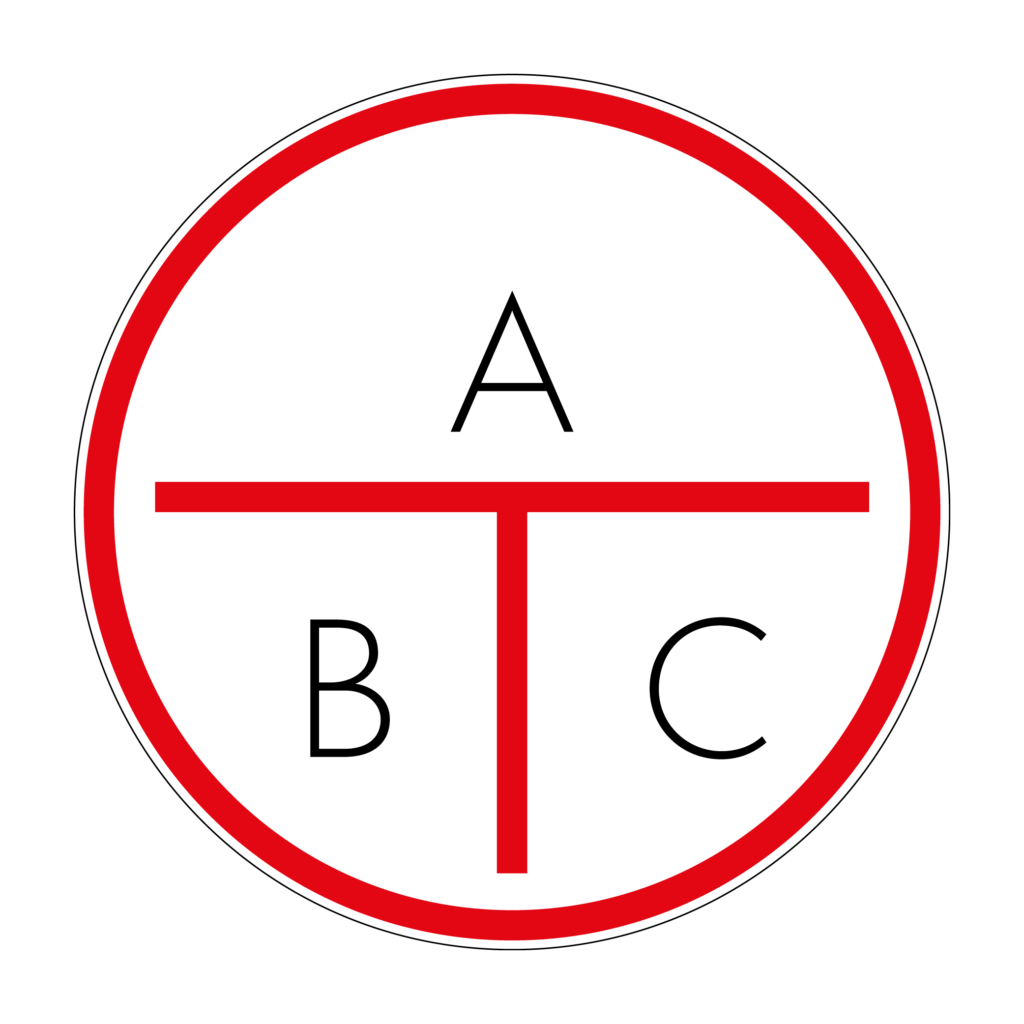
Teknoware’s products are covered by a two-year (2) warranty. The warranty terms are according to the Orgalime supply conditions S 2012.
All our Teknoware Escap luminaires with a supercapacitor have an extended 12-year product warranty, and all our other luminaires have an extended 5-year product warranty.
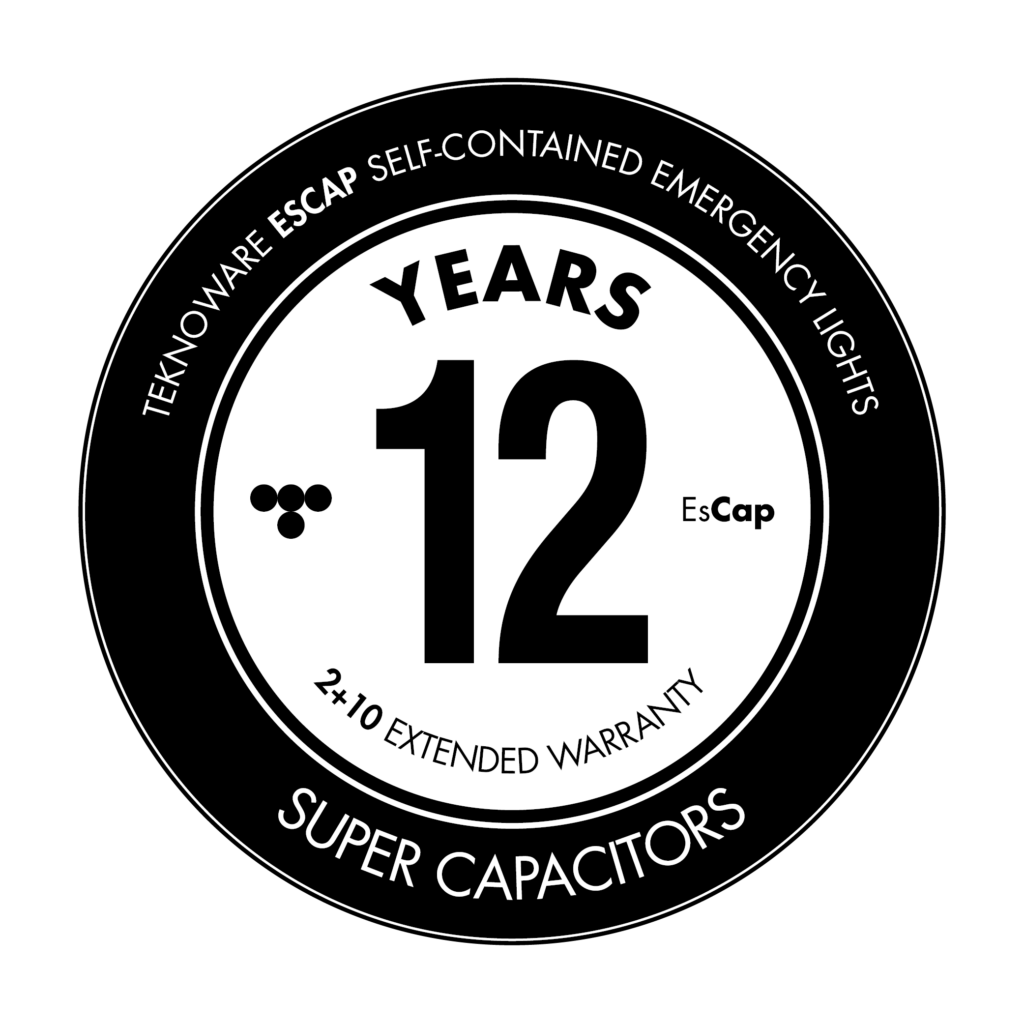
Emergency Lighting Solutions
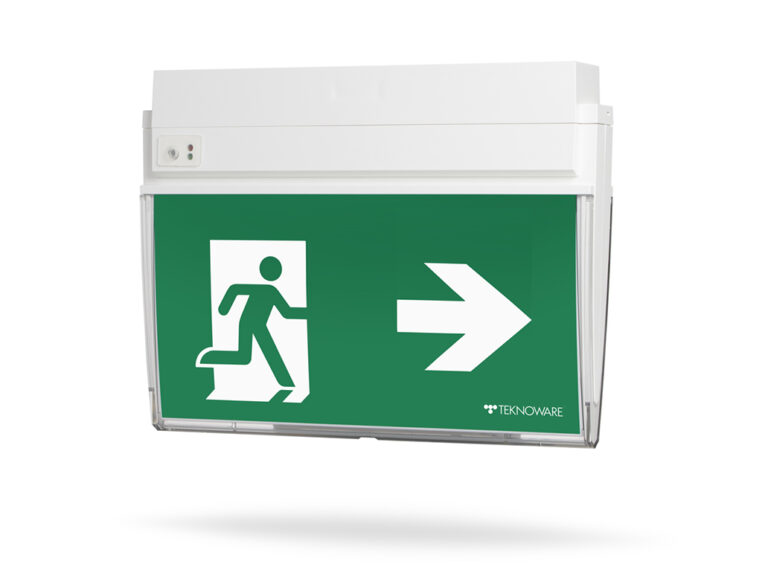
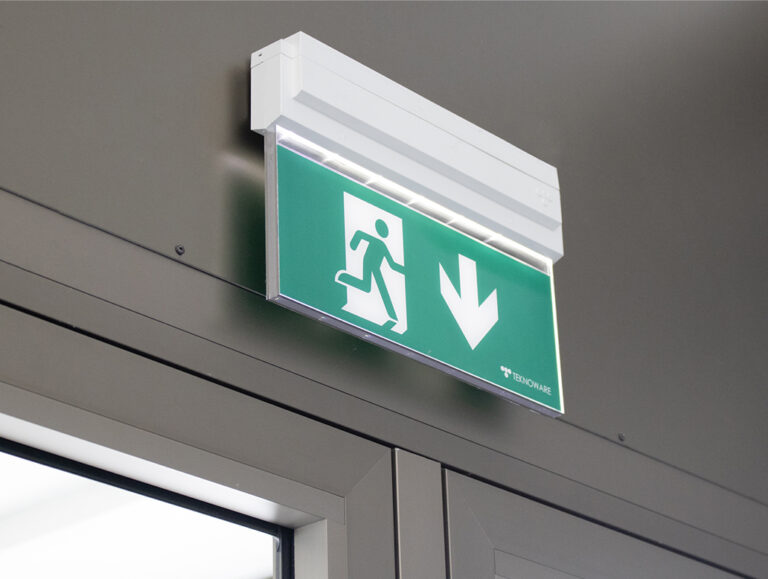
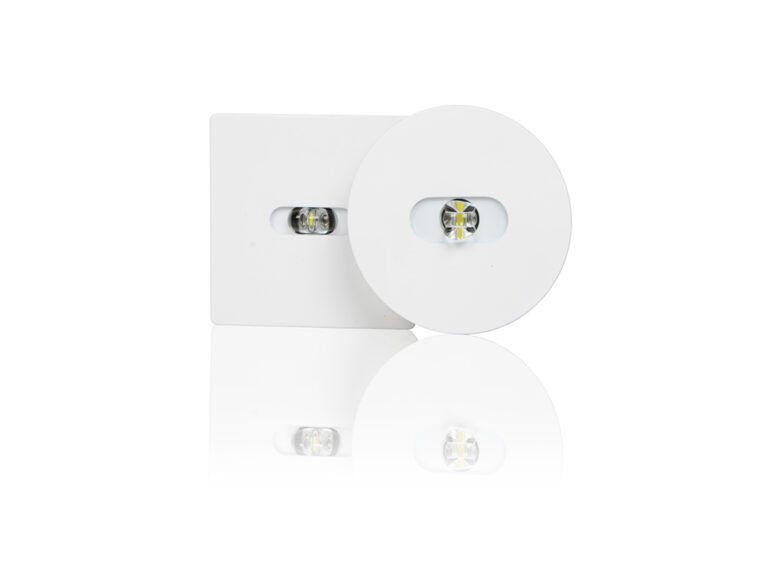
Services & Downloads
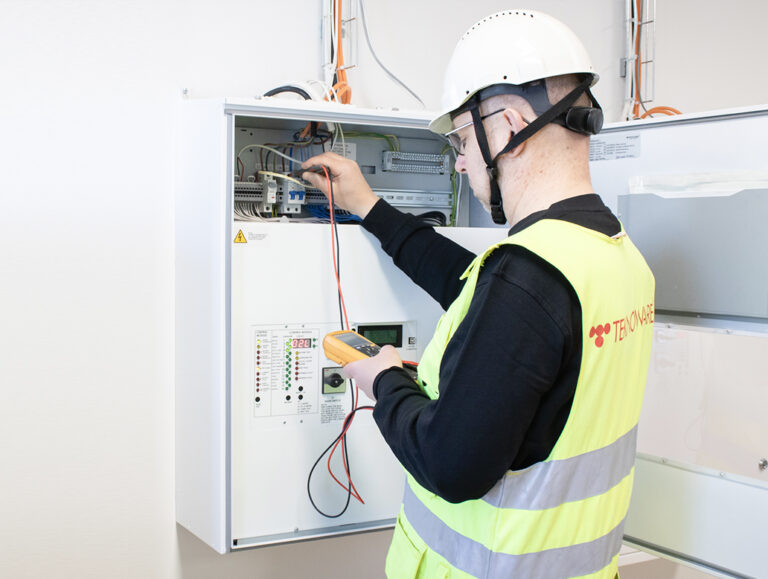
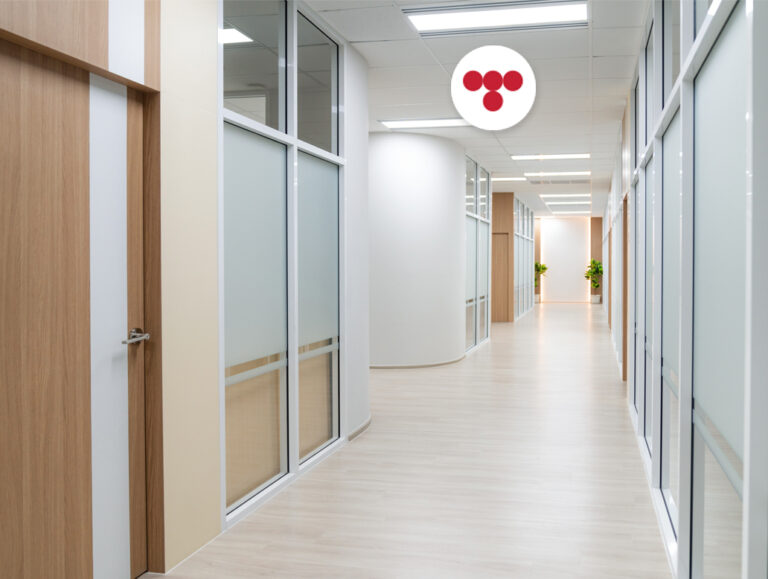

How to contact our sales teams
Teknoware Emergency Lighting distributors and sales offices around the world: